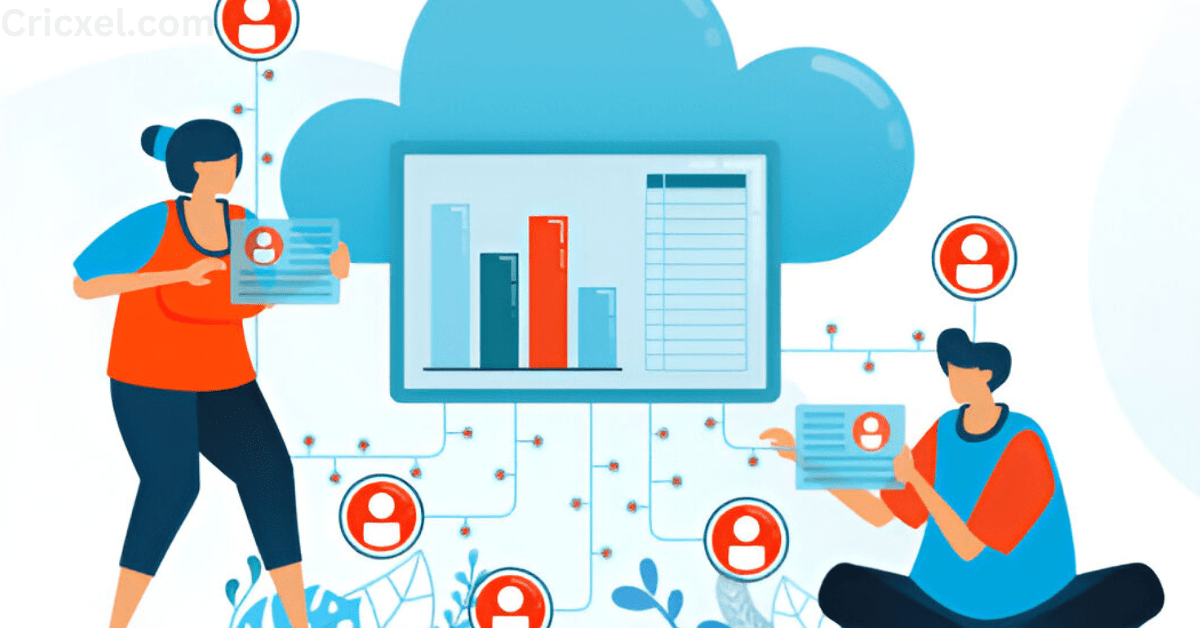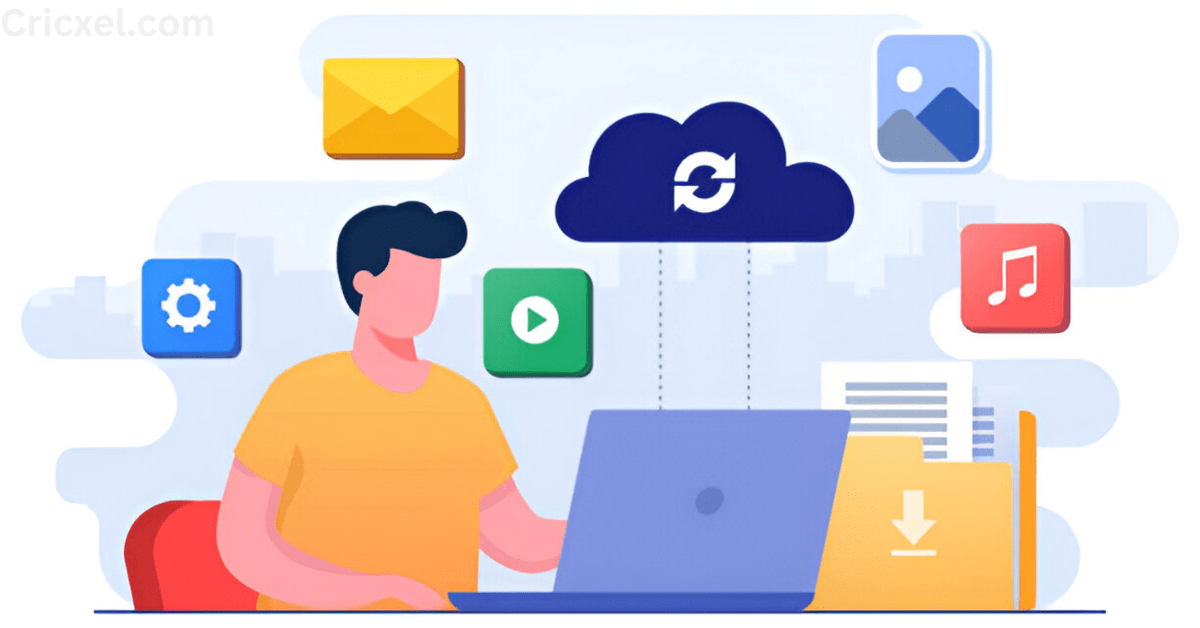In today’s fast-paced digital world, effective IT management is crucial for businesses of all sizes. With the increasing complexity of IT environments, managing users, devices, and networks efficiently is more challenging than ever. Enter JumpCloud, a cloud-based directory platform designed to streamline and enhance IT management. This article explores how JumpCloud unlocks the power of modern IT management, its features, benefits, and how it stands out in the crowded IT management landscape.
Understanding JumpCloud
JumpCloud is a comprehensive cloud directory platform that provides a unified solution for managing user identities, devices, and access to IT resources. It was founded with the vision of simplifying IT management by integrating directory services, device management, and access control into a single platform.
Key Features:
- Directory Services: Manage user identities and authentication across various systems and applications.
- Device Management: Enforce security policies, monitor compliance, and manage devices from a central console.
- Access Control: Control access to networks, applications, and resources based on user roles and policies.
- Single Sign-On (SSO): Enable users to access multiple applications with one set of credentials.
- Multi-Factor Authentication (MFA): Enhance security with additional layers of authentication.
The Power of Cloud-Based IT Management
JumpCloud leverages the cloud to provide flexible, scalable, and cost-effective IT management solutions. This approach offers several advantages over traditional on-premises directory services.

Scalability: Cloud-based platforms can easily scale to accommodate growing numbers of users and devices without the need for additional hardware.
Cost Efficiency: By eliminating the need for physical servers and maintenance, JumpCloud reduces IT infrastructure costs.
Accessibility: Administrators can manage users and devices from anywhere, facilitating remote work and distributed teams.
Automatic Updates: Cloud platforms are continuously updated with the latest features and security patches, ensuring that the system is always up-to-date.
Unified Identity and Access Management
One of JumpCloud’s core strengths is its ability to unify identity and access management across various environments. This includes Windows, macOS, Linux, and cloud applications, providing a single point of control.
Centralized User Management: Administrators can create, manage, and delete user accounts across multiple systems from a single console. This centralization reduces the administrative burden and ensures consistency.
Cross-Platform Support: JumpCloud supports a wide range of operating systems and applications, making it an ideal solution for heterogeneous IT environments.
Role-Based Access Control (RBAC): Define roles and assign permissions based on job functions, ensuring that users have appropriate access to resources.
Enhanced Security with JumpCloud
Security is a top priority in modern IT management, and JumpCloud offers several features designed to protect user identities and data.

Multi-Factor Authentication (MFA): MFA adds an extra layer of security by requiring users to provide two or more verification factors to gain access to resources.
Password Management: Enforce strong password policies and provide tools for secure password management, reducing the risk of compromised credentials.
Endpoint Security: Manage and enforce security policies on devices, ensuring compliance with organizational standards.
Network Security: Control access to networks through secure protocols and policies, protecting against unauthorized access and potential breaches.
Streamlining Device Management
Managing a diverse array of devices is a significant challenge for IT departments. JumpCloud simplifies this process by providing robust device management capabilities.
Policy Enforcement: Administrators can enforce security policies and configurations across all managed devices, ensuring compliance and standardization.
Device Monitoring: Real-time monitoring of device status and health helps identify and address issues proactively.
Remote Management: Manage devices remotely, enabling quick responses to security incidents or compliance issues.
Device Inventory: Maintain an up-to-date inventory of all managed devices, providing visibility and control over the IT environment.
Simplifying Compliance and Auditing
Compliance with industry regulations and internal policies is crucial for businesses. JumpCloud assists in meeting these requirements through comprehensive auditing and reporting features.This post is sponsored by our partners Wigs

Audit Logs: Detailed logs of user and device activities help track access and changes, providing a clear audit trail.
Compliance Reporting: Generate reports to demonstrate compliance with regulatory standards such as GDPR, HIPAA, and more.
Policy Compliance: Ensure that devices and users adhere to organizational policies through automated checks and enforcement.
The Benefits of Single Sign-On (SSO)
Single Sign-On (SSO) is a critical feature in modern IT environments, and JumpCloud’s SSO capabilities simplify the user experience while enhancing security.
Simplified Access: Users can access multiple applications with a single set of credentials, reducing the need to remember multiple passwords.
Improved Security: By reducing the number of passwords users need to manage, SSO lowers the risk of password-related security breaches.
Efficiency: SSO streamlines the login process, saving time for users and reducing the workload for IT support teams.
Integration: JumpCloud integrates with numerous popular applications and services, providing seamless SSO capabilities across the IT ecosystem.
Case Studies: Success Stories with JumpCloud
Several organizations have successfully implemented JumpCloud to enhance their IT management capabilities. Here are a few examples:

Tech Startups: A growing tech startup used JumpCloud to manage its rapidly expanding user base and diverse device environment, achieving significant improvements in efficiency and security.
Educational Institutions: A university deployed JumpCloud to provide secure, centralized access to its online resources for students and faculty, simplifying user management and enhancing security.
Healthcare Providers: A healthcare provider leveraged JumpCloud’s compliance features to meet stringent regulatory requirements while managing user access and device security.
Future Directions for JumpCloud
JumpCloud continues to innovate and expand its offerings to meet the evolving needs of modern IT management. Here are some areas of focus for the future:
AI and Machine Learning: Integrating AI and machine learning to provide predictive analytics and enhanced security features.
Expanded Integrations: Increasing the number of integrations with popular applications and services to provide a more seamless user experience.
Enhanced User Experience: Continuously improving the user interface and experience for both administrators and end-users.
Global Expansion: Expanding its global presence to support organizations worldwide with localized solutions and support.
Conclusion
JumpCloud has established itself as a leader in modern IT management by providing a comprehensive, cloud-based platform that simplifies and enhances the management of users, devices, and access. Its robust features, including unified identity and access management, enhanced security, streamlined device management, and single sign-on, make it an invaluable tool for IT departments. As JumpCloud continues to innovate and expand its capabilities, it is poised to remain at the forefront of the IT management landscape, empowering organizations to navigate the complexities of modern IT environments effectively.





